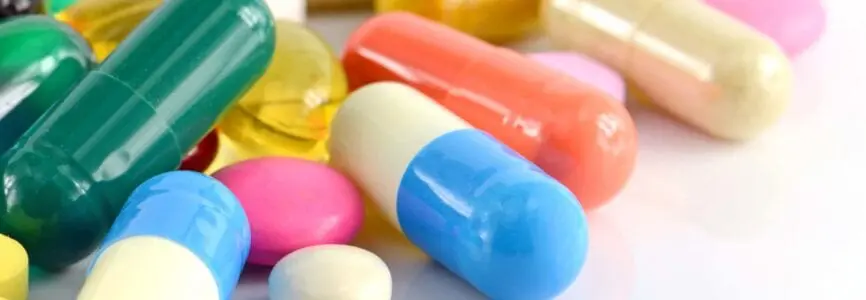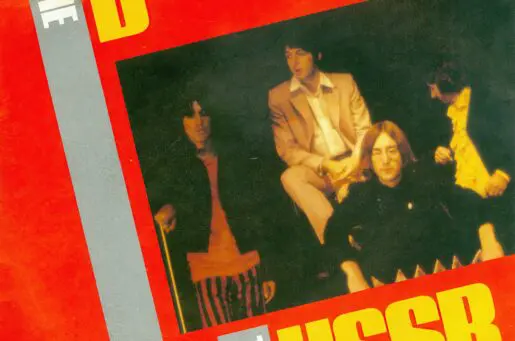Bioethics Forum Essay
The Challenge of High Drug Prices in the U.S.
Drug spending in the United States increased more than 12 percent in 2014 and is projected to rise faster than overall health care spending over the next 10 years. Between 2007 and 2016, the price of a pair of epinephrine autoinjector EpiPens, used to counter life-threatening allergic reactions, rose from $100 to $600. This price increase led to widespread public outrage and charges of price gauging by Mylan, the drug’s manufacturer. A petition campaign organized through social media led to more than 144,000 letters to Congress.
Public concern was compounded when it was learned that with more than a billion dollars in annual EpiPen sales, Mylan, based in Pennsylvania, had re-incorporated in the Netherlands in 2015 to reduce its share of U.S. taxes and bolster its profits. This latest drug pricing scandal, which followed on the heels of others – Gilead Sciences introduced a new treatment for Hepatitis C at $1,000 per pill and Turing Pharmaceuticals raised the price of a 63-year-old drug by 5,000 percent in a single day last year – all led to Congressional hearings. These are but a few notable examples of extraordinary increases in U.S. drug prices since 2014.
High drug prices are an issue in the presidential campaign, and the candidates have different explanations and proposed solutions. We explain why drug prices in the U.S. are so high and why, after a brief lull, the inflation rate for prescription drugs has picked up again.
Americans pay higher prices and spend more per person for prescription drugs than other developed country. Unlike other countries our laws and regulations and the way they are enforced permit pharmaceutical manufacturers to set their own prices with little government oversight. High drug prices are nothing new. The average annual growth rate in per capita spending on prescription drugs increased nearly every year between 1970 and 2010, but the sudden spike in drug costs, just as the ACA was expanding insurance coverage, has put a spotlight on the issue. The per capita spending rate on drugs started to slow after 2007. The Great Recession accounted for some of the slowdown in drug price inflation, but much of this was due to a large number of drugs coming off patent and an increase in the number of generic drugs. Between 2010 and 2013 $84 billion in branded drugs came off patent. This situation changed suddenly in 2014 and drug price inflation returned in force. First, the portion of new patented drugs began to increase, particularly for expensive specialty drugs, such as the new hepatitis C drugs, which alone made up about one-third of the $32.4 billion in increased spending on prescription drugs in 2014.
Increases in drug prices, however, have not been limited to new on-patent drugs. The U.S. has also experienced dramatic increases in the price of many generic drugs due to consolidation within the generic drug industry. Competition among different manufacturers is supposed to help keep the price of generic drugs low, but the number of producers for many generic drugs has fallen and the price of these drugs usually increases dramatically once that occurs. U.S. antitrust laws do not address legally obtained monopolies by drug companies.
Compounding the problem created by drug company monopolies is the failure of the Medicare program to negotiate the price of drugs. The 2003 Medicare Modernization Act, which created Medicare’s Part D drug benefit and went into effect in 2006, included a “non-interference” clause that prohibited the Department of Health and Human Services from negotiating the price of drugs. Medicare Part D expanded the market for drugs, making Medicare the largest purchaser in the country. Enrollment in Part D increased from 20.3 million Medicare beneficiaries in 2006 to an estimated 41.3 million in 2016. Prices were supposed to be kept in check by the leverage offered by private prescription drug plans negotiating prices directly with drug manufacturers without government interference—a belief still held by many of the original proponents of the law. Yet one recent study found that the program pays 73 percent more than Medicaid and 80 percent more than the Veterans Administration for brand name drugs. In 2014, while total expenditures for the Medicare program increased by 5.5 percent, prescription drug costs, which had gone up 9.5 percent in 2013, rose by 16.9 percent.
Drug makers seem to have adopted a new pricing strategy over the past couple of years to take advantage of provisions in the Medicare Modernization Act with regard to catastrophic coverage, which may help explain the upward spiral in drug prices. Once the catastrophic threshold is reached—this year it is $4,850—80 percent of drug costs are paid for by Medicare, 15 percent by the private drug plans and 5 percent by beneficiaries. Thus, companies have an incentive to raise prices to breach the threshold, leaving the government (i.e. taxpayers), to pay the majority of the costs. It has recently been reported that Medicare’s “catastrophic” prescription coverage is the fastest growing component in the entire Part D program, increasing by 85 percent in three years, from $27.7 billion in 2013 to $51.3 billion in 2015.
There is overwhelming public support for allowing Medicare to negotiate drug prices. According to the latest nationally representative survey, 82 percent of Americans believe the government should directly negotiate drug prices for Medicare beneficiaries. Yet there is still substantial political resistance, generated in large part by the pharmaceutical industry, which spent $240 million on lobbying last year, more than any other industry group.
High prices are not unique to drugs. The price of hospital and physician services and medical devices are all higher in the U.S. than every other country in the world. Rather than using its leverage to negotiate lower prices, Medicare relies on recommendations from organized medicine to set physician fees. High prices for all medical services, including prescription drugs, are the primary reason the U.S. health care system is the most expensive in the world. This not only leads to inequalities in access to health care, it contributes to poverty. The ACA has helped to protect millions of Americans against the high cost of medical care by expanding access through Medicaid, insurance “marketplaces,” and subsidies, but most forms of insurance involve increasing out of pocket payments. Addressing the rising prices of health care is long overdue and absolutely necessary meet the health care needs of the American people.
Michael K. Gusmano is a research scholar at The Hastings Center and an associate professor of health policy at Rutgers University School of Public Health. Peter S. Arno is a senior fellow and director of health policy research at the Political Economy Research Institute at the University of Massachusetts-Amherst and a senior fellow at the National Academy of Social Insurance.













